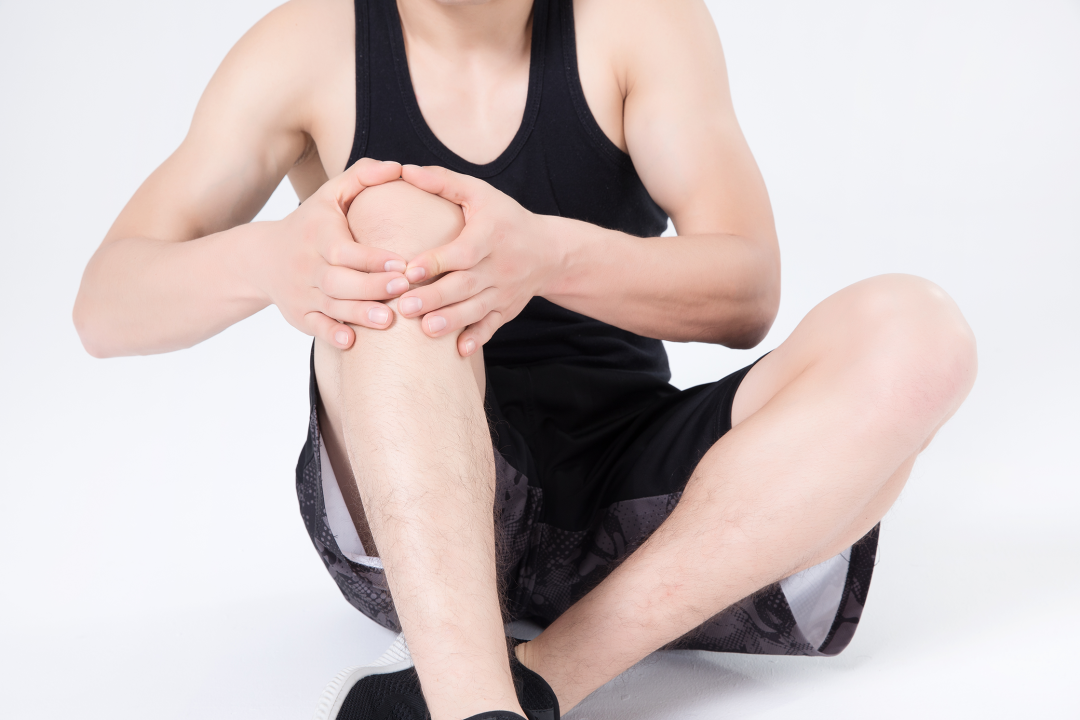
The 3 muscles that you need to relax are the 3 muscles that you need to relax most after you run.
Did you get the right posture for running? Newarival running posture principle is running posture better with heel first or toe first? In fact, both heel force and toe force are easy to cause injury.
3.
After running, we must relax the muscles of the legs and lower limbs in time, because we rely on muscles during exercise, and muscle ligaments are important tissues to maintain joint stability, so protecting muscles is the best way to reduce joint injury.
You need to roll and press your hips slowly for one to several minutes.
Generally speaking, it starts to hurt a bit.
Acupuncture, massage and physical therapy of traditional Chinese medicine have certain therapeutic effects on sports injury.
First look for a foam shaft and sit on it.
If you often run and have knee pain and can’t be relieved by rest, you need to see a doctor in time.
In this way, the impact force facing the sole of the foot is more uniform, the buffer force received by the knee joint is the smallest, and the pressure of calf muscle and Achilles tendon can be well released.
When you encounter a particularly painful point, you need to stay here for a moment.
You have to control the pain within acceptable limits, and then the pain will gradually ease after a period of time.

From a competitive point of view, running with the front sole on the ground is the fastest; But from the perspective of medical health, we should land on the heel and middle of the foot, quickly roll forward to the sole of the foot, and then pedal the front sole off the ground.
Stretch after running.
The strength of our lower limb muscles has not evolved to be very developed.
The iliotibial tract is the tendon tissue formed by the tensor fascia lata and gluteus maximus along the thigh.
Stretching can relax congested and tense muscles and fascia and relieve muscle spasm; Of course, you can also do some stretching preparation before exercise.
Finally, remind everyone to buy a pair of comfortable running shoes.
Gastrocnemius relax as shown in the above position.
Similar to these symptoms, there is likely to be a problem with the knee joint.
Gluteus medius is a very important stabilizing muscle in lower limb movement and the “fighting muscle” in gluteus medius.

It is impossible to bounce far through the front soles of our feet like kangaroos.
If you have similar symptoms after running, don’t think rest can alleviate them, because the blood circulation of iliotibial tract itself is very poor, local inflammatory substances can’t be fully metabolized, and some symptoms will become more and more serious, so you must go to a regular hospital for special examination and treatment.
It will be better to start running! Source: Shenzhen Hospital of the University of Hong Kong photo source: Shenzhen Hospital of the University of Hong Kong, photo network ▇ More fun and useful health videos, welcome to tiktok..
At home, you can use the foam shaft as an auxiliary massage to relax yo ~1 and gluteus medius.

Excessive friction will make iliotibial tract hyperemia, edema, thickening, contracture and hardening, reduce elasticity, enhance tension, and aggravate friction, leading to a vicious circle, which will make it more and more painful.

When the knee joint repeatedly does high-intensity and long-term flexion and extension exercise, the iliotibial bundle rubs back and forth in the front and back of the external epicondyle of the femur, which is easy to cause aseptic inflammatory reaction.
The medical name of running knee is called iliotibial tract friction syndrome.
Roll the calf on the foam shaft and roll back and forth for 5 minutes.
The upper part of the thigh is the tensor fasciae latae.

Tensor fasciae Latae and iliac tibial fascia relax the lateral thigh pressure on the foam shaft, roll the thighs back and forth on the foam shaft.

2.
Knee pain caused by running is a common disease – running knee.

Is knee pain caused by running a disease? Many people have pain on the outside of the knee joint after long-term running, and the pain is stronger when the lower limbs are straightened and bent.
It is a long-term result caused by uncoordinated body related movement system, unbalanced muscle strength and other factors.
When the strength of the gluteus medius is weak, the tensor fascia lata can make up for the lack of strength of the gluteus medius to a certain extent.
In addition, it is worth noting that when running, the direction of the knee and toe should be consistent, and the burden on the knee joint is the smallest, so remember to run inside and outside the “eight” character.
The lower part of the thigh is near the outside of the knee and is about 5 minutes.
After running, be sure to stretch! Stretch! Stretch! Say something important three times.
After all, human beings are not born for running.
Walking is a normal exercise.

